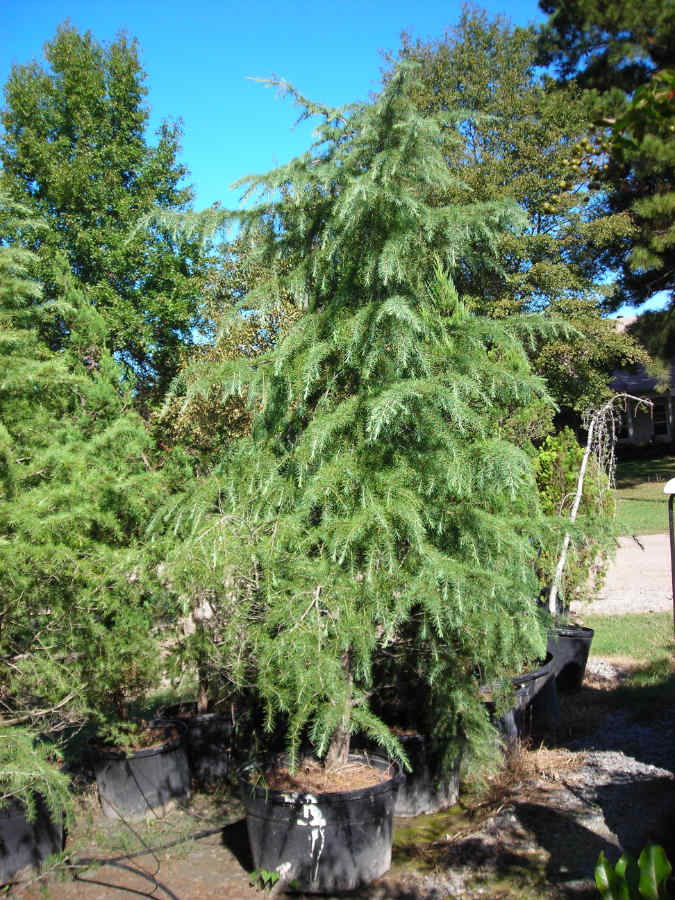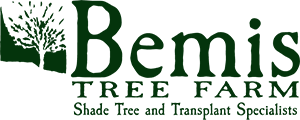
Cedrus deodora
Description: The Deodar Cedar is a fine-textured evergreen tree within the Pine family. Its form is broadly pyramidal during its youth, with pendulous or weeping branches that mature to become wide and spreading. Growing at a moderate rate of 13 to 24 inches per year, this tree typically reaches heights of 50 feet.
Twig/Bark: The twigs are slender and characterized by numerous short spur shoots. The current year’s twigs exhibit a brown or green hue and are of medium thickness. When young, the bark is smooth and gray-brown, transitioning to a dark gray as the tree matures. Over time, the bark develops short furrows and scaly ridge tops, adding texture to its appearance.
Leaves: This conifer produces an aromatic oil that naturally deters insects. Its needles are elongate, pliable, and measure 1 to 2 inches in length, displaying a grayish-green color that becomes light blue at the tips. The male cones are notably large and erect. The year-round gray-green foliage contributes visual interest to winter gardens and provides essential cover and nesting sites for birds and small mammals.
Flower/Fruit: It produces inconspicuous spring-blooming flowers that may emit a fragrant scent. The fruit consists of upright, oval-shaped cones that range from 3 to 6 inches in length. Initially, these cones appear green and purplish, maturing to a reddish-brown color. The cones are deciduous and feature scales that add to their distinctiveness.
Habitat: For optimal growth, the Deodar Cedar should be planted in a rich, well-drained, and somewhat dry location that receives ample sunlight and is sheltered from strong winds. It is intolerant of poorly drained wet soils and can be susceptible to frost damage. Due to its messy habits, placement as a street tree should also account for adequate distance from sidewalks and street paving to minimize potential issues.
